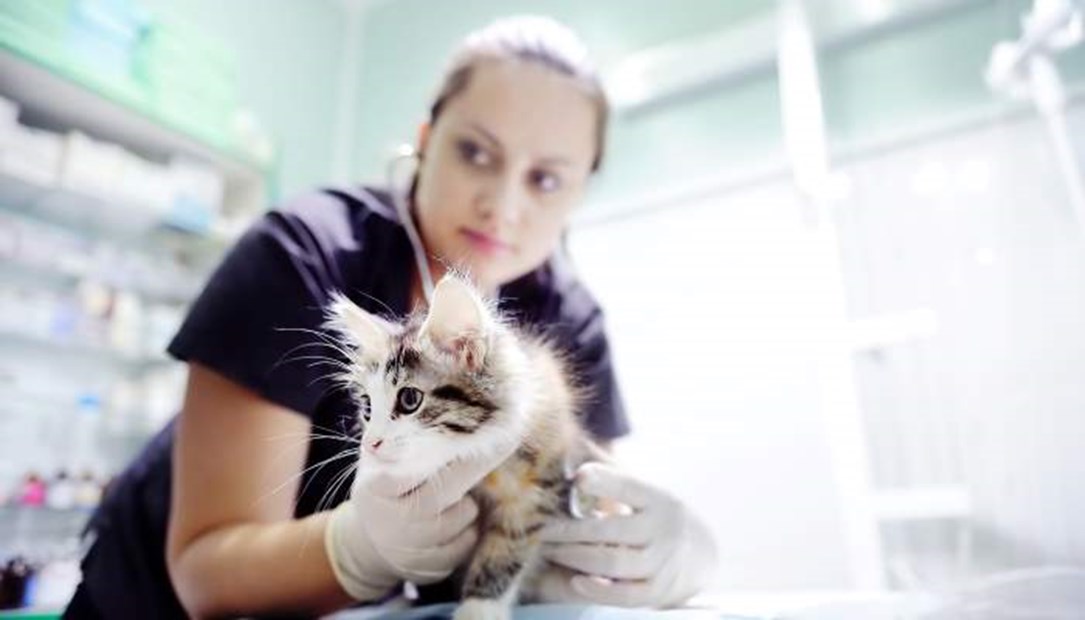There are a wide range of pet insurance policies on the market, catering for different needs. Policies can differ, so it is important to ensure you check and understand what your policy covers.
Types of Pet Insurance policy
Lifetime policies
(Also known as Lifelong, Cover for Life, Reinstatement, Repopulating or Renewable Benefit Policies)
What is covered?
- Lifetime policies insure your pet for new medical illnesses and injuries. This means that any illness or injury your pet had before the policy started will not be covered.
- Your pet is covered up to a set amount each year for as long as the insurance policy remains in force. If the overall limit is reached during the policy year, your pet will not be covered for any further treatment required during that year. Each time you renew your policy the full amount of cover becomes available again under each section of cover.
- Some lifetime policies will also specify a set amount to be paid for each illness/injury during the year. If the limit for a specific illness/injury is reached in the policy year, no further claims for this treatment will be paid that year.
- The policy needs to be renewed and premiums paid to ensure your pet is covered for new illnesses and injuries or to continue treatment for existing illnesses and injuries already covered in the following policy period (usually a year). This means a long-term or recurring illness or injury that has needed treatment in one year will be covered again by the policy the next year. There is no limit to how many times the illness or injury can be covered in this way, as long as the insurance policy is in force, payments are kept-up-to-date. and the policy terms and conditions have not been altered.
Maximum benefit policies
(Also known as Money Limited Policies or Per Condition Policies)
What is covered?
- Maximum benefit policies provide a fixed amount of money for each illness or injury to help pay for your pet’s treatment for as long as the money lasts.
- Maximum benefit policies insure your pet for new medical illnesses and injuries. This means that any illness or injury they had before the policy started will not be covered.
- Your pet is covered for each illness and injury until the maximum amount is reached, as long as the insurance policy remains in force and premiums are paid.
- There is no time limit on reaching the amount. Once the full amount of benefit has been spent, the treatment of that particular illness or injury will not be covered again, and you would then be responsible for any future ongoing treatment costs for that particular illness or injury. Any new or unrelated condition will be covered up to the maximum condition benefit limit.
- If your pet has received treatment for a particular illness which then appears in another part of the body at a later date, e.g. a different leg, ear or eye, many maximum benefit policies will view this as the same condition. This means that the maximum amount of money will only be available once, not for each time your pet has that particular illness or injury, even if that is in another part of the body. Insurers see these as recurring conditions related to the previous episode so will treat as one condition, for the duration of the policy.
Time-limited policies
(typically 12 months)
What is covered?
- There are two parts to these types of policies:
- A fixed sum to cover your pet for the treatment of each illness or injury, and
- A set time period for which treatment of each illness or injury will be covered. Policies will typically cover the cost of treating your pet for a particular illness or injury for 12 months from the start of that illness or injury or first date of treatment (as long as the policy remains in force). The time-limit does not relate to the duration of the policy, but to the maximum amount of time an illness or injury is covered for.
- Time-limited policies insure your pet for new medical illnesses and injuries. This means that any illness or injury they had before the policy started will not be covered.
- When the set period has ended, or the fixed sum of money for a particular illness or injury has been reached – whichever comes first – your pet will not be covered for that particular illness or injury for the rest of the policy duration.
- With many time-limited policies the limits apply to all occurrences of an illness or injury. Insurers see these as recurring conditions related to the previous episode so will treat as one condition, for the duration of the policy. For example, if the same illness happens in the other leg, eye or ear and the 12 month period for the first episode of that particular illness has ended or the sum of money available has been used, your pet will not be covered for this further episode. However, any new or unrelated condition will be covered though.
Accident only policies
What is covered?
- Accident only policies pay a fixed sum for each accidental injury to help pay for your pet’s treatment. Any accidental injury they had before the policy started will not be covered.
- Accidental injuries usually have to arise as a result of a single event and can include external wounds or bone fractures. Soft tissue injuries, like muscle tears, that can be caused by an illness or occur over time would not be covered.
- Accident only policies may also include an amount towards the cost of emergency treatment for an illness.
- Some accident policies will have a 12 month time limit. This will cover treatment by a vet for 12 months from the date vet treatment starts per condition.
- If cover is limited to a 12 month treatment period, or your pet’s treatment will continue past your renewal date, you must renew your policy at the end of the policy period and keep your payments up-to-date to ensure your pet remains covered for future accidents that may require treatment.


